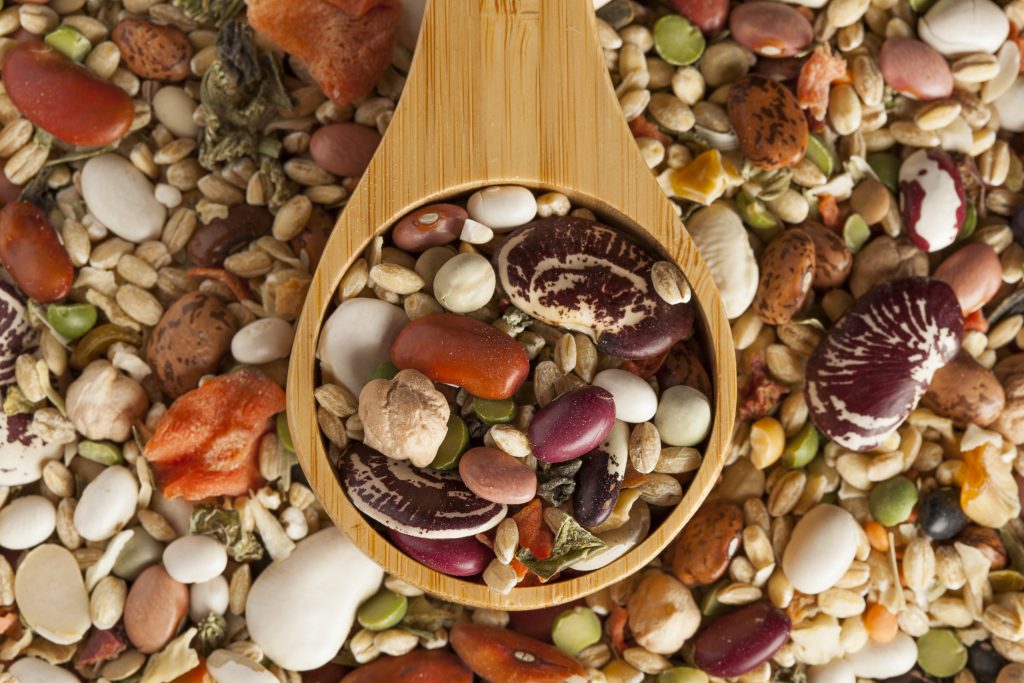World Pulses Day
Every year on February 10th, World Pulses Day celebrates the dry edible seeds of plants called pulses. The day also seeks to promote the many health benefits of pulses.
You are probably aware of the term legumes or lentils. But have you ever heard of pulses? These edible seeds are a category of superfoods. Chickpeas, lentils, dry peas, and beans are all different kinds of pulses. Pulses are indeed a part of the legume family. Legumes are any plant that grows in pods. Pulses, however, are the dry edible seeds found within the pod. The distinct health benefits pulses provide also makes them different from legumes. Pulses are high in dietary fiber and are an excellent low-fat source of protein. Pulses contain micronutrients like iron, potassium, magnesium, zinc, and B vitamins.
Other health benefits include:
- Helps to prevent and control diabetes
- Reduces risk of heart disease
- Lowers the risk of certain cancers
- Reduces cholesterol levels
- Aids in weight management
If you don’t eat pulses, you may want to start. All you need is half a cup of pulses a day to enjoy all the health benefits they offer. Before eating pulses, you may want to soak them for 4 to 8 hours. This will help to reduce their phytate content and their propensity to produce gas. Soaking also makes it easier to digest. Additionally, soaking the pulses helps the body absorb the nutrients more efficiently.
World Pulses Day History
The Food and Agriculture Organization of the United Nations (FAO) announced 2016 as the International Year of Pulses. In December 2018, the United Nations General Assembly designated February 10th as World Pulses Day. The first-ever World Pulses Day was held on February 10th, 2019. The important food day is linked to the United Nations’ 2030 Agenda for Sustainable Development.


